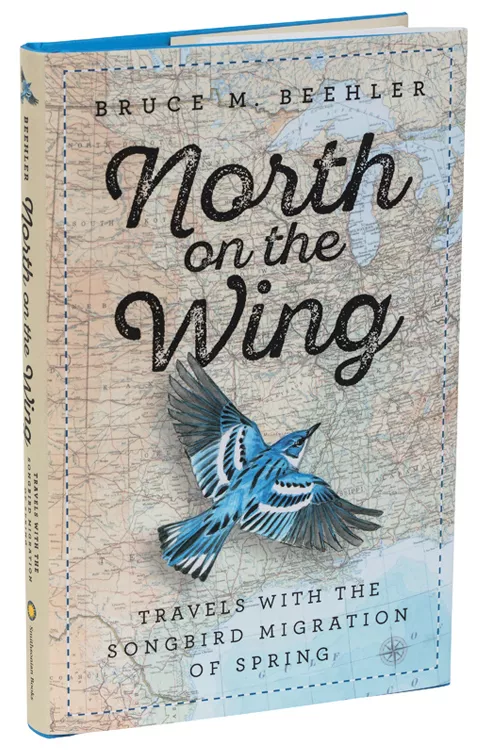Songbirds Are a Miracle of Evolution Hiding in Plain Sight
Bruce M. Beehler examines the riddle of migration in "North on the Wing"

Aristotle might have been a great philosopher, but he was an awful naturalist. Unable to imagine that birds could migrate, the ancient Greek concocted a theory of transmutation in which summer redstarts turned into winter robins and warblers became blackcaps.
We now know that some birds travel thousands of miles in a single year. But how exactly they do this remains a mystery—one that propels ornithologist Bruce M. Beehler's fascinating book, North on the Wing: Travels With the Songbird Migration of Spring (Smithsonian Books, 2018).
Migration is a miracle of evolution hiding in plain sight. "Migrant songbirds have the capacity to orient themselves properly with regard to compass direction," Beehler writes. "The mystery, of course, is how they manage to achieve this without having an actual compass."
Beehler is primarily fascinated with wood warblers, the tiny songsters that fly from the tropics to the northern United States and Canada every year. The author tracks warblers up the Mississippi River valley, bounding from national wildlife refuges to small private reserves and state parks along the way, binoculars in hand.
Beehler is more biologist than writer, but he's careful to avoid scientific jargon (though reading this book with a birding field guide at hand is helpful). There are many flashes of insight. Why do so many of us love birds? "Part of their allure is their elusiveness," Beehler insists.
This article appeared in the March/April 2018 edition with the headline "Fly Away Home."
 The Magazine of The Sierra Club
The Magazine of The Sierra Club



